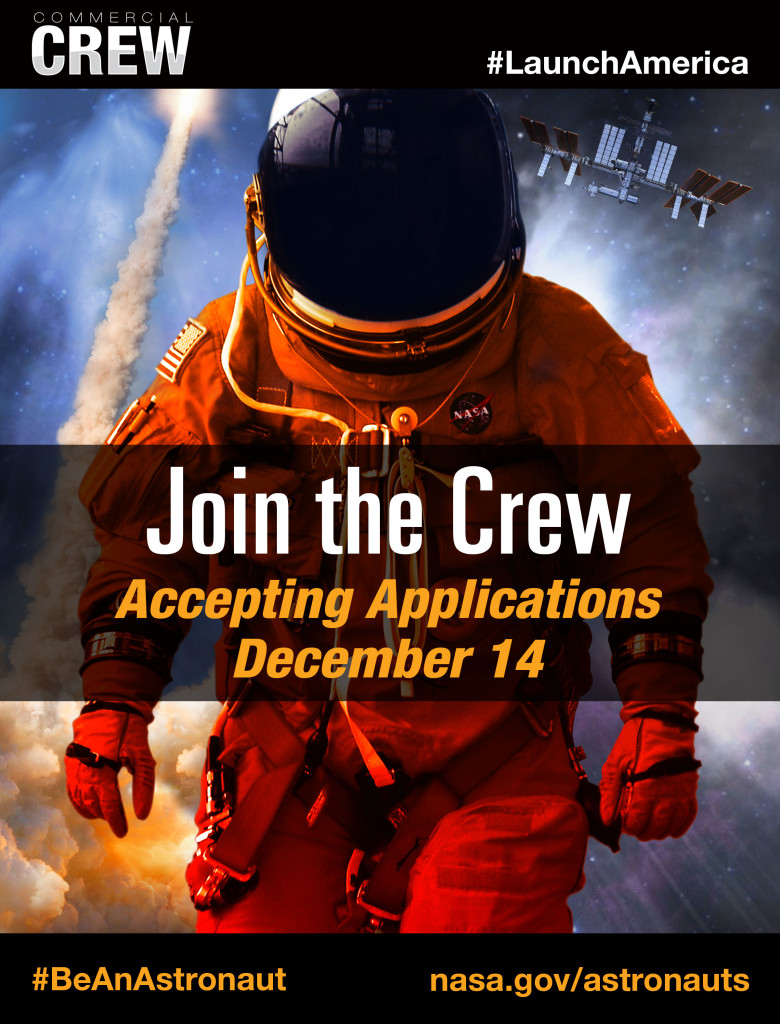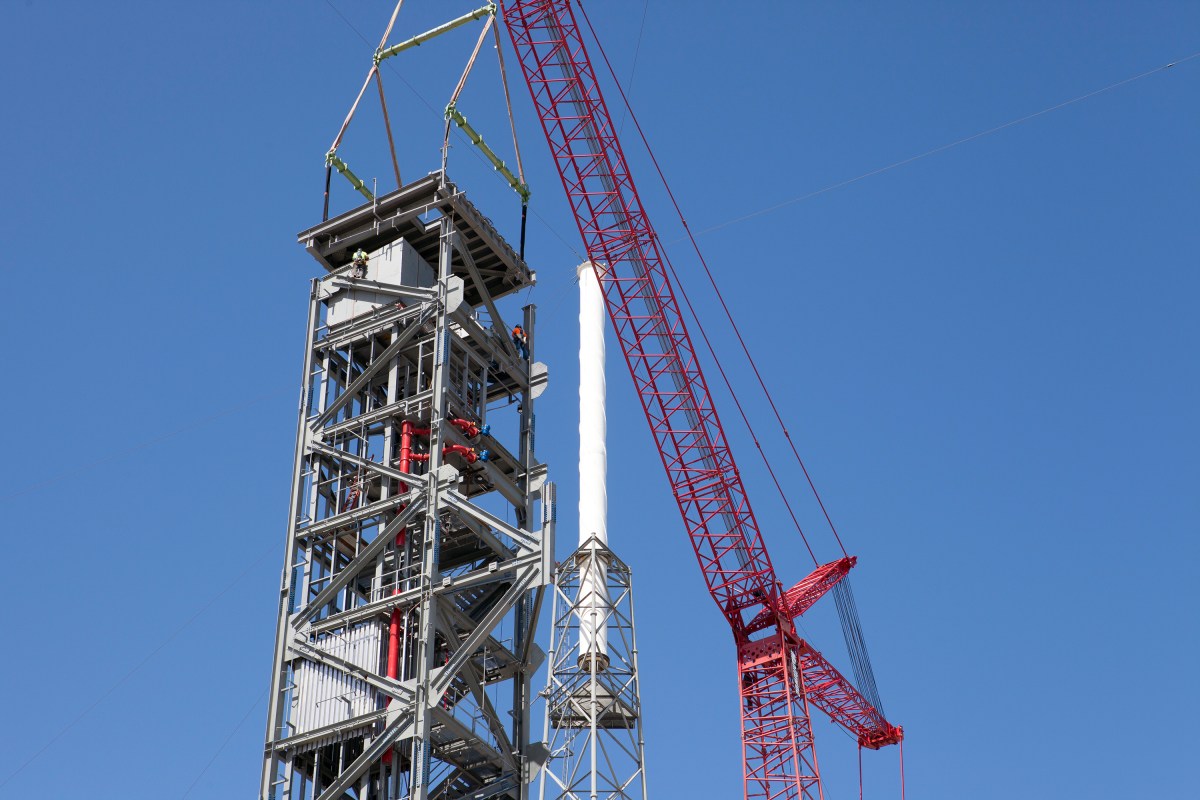 NASA took a significant step Friday toward expanding research opportunities aboard the International Space Station with its first mission order from Hawthorne, California based-company SpaceX to launch astronauts from U.S. soil.
NASA took a significant step Friday toward expanding research opportunities aboard the International Space Station with its first mission order from Hawthorne, California based-company SpaceX to launch astronauts from U.S. soil.
This is the second in a series of four guaranteed orders NASA will make under the Commercial Crew Transportation Capability contracts. The Boeing Company of Houston received its first crew mission order in May.
“It’s really exciting to see SpaceX and Boeing with hardware in flow for their first crew rotation missions,” said Kathy Lueders, manager of NASA’s Commercial Crew Program. “It is important to have at least two healthy and robust capabilities from U.S. companies to deliver crew and critical scientific experiments from American soil to the space station throughout its lifespan.” Read details at http://go.nasa.gov/1N0L2TX

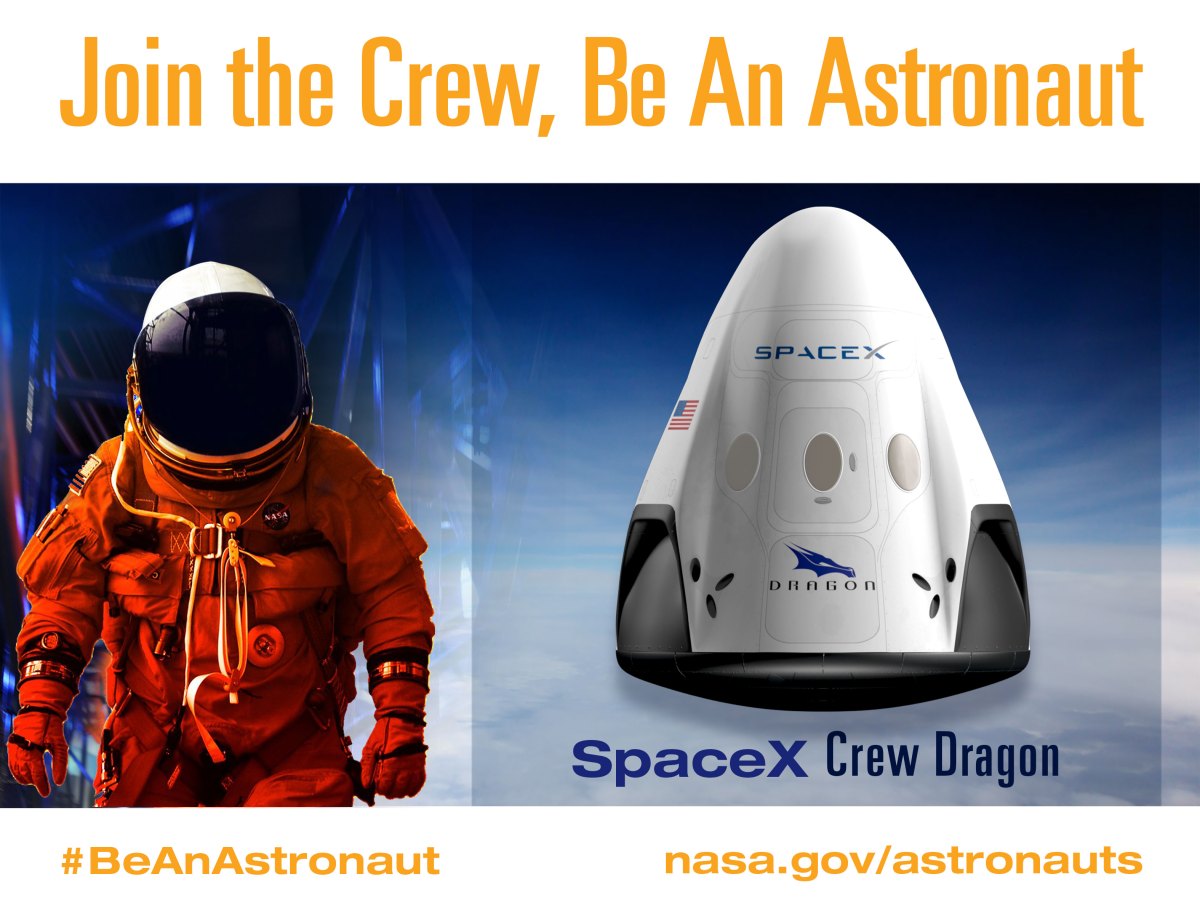
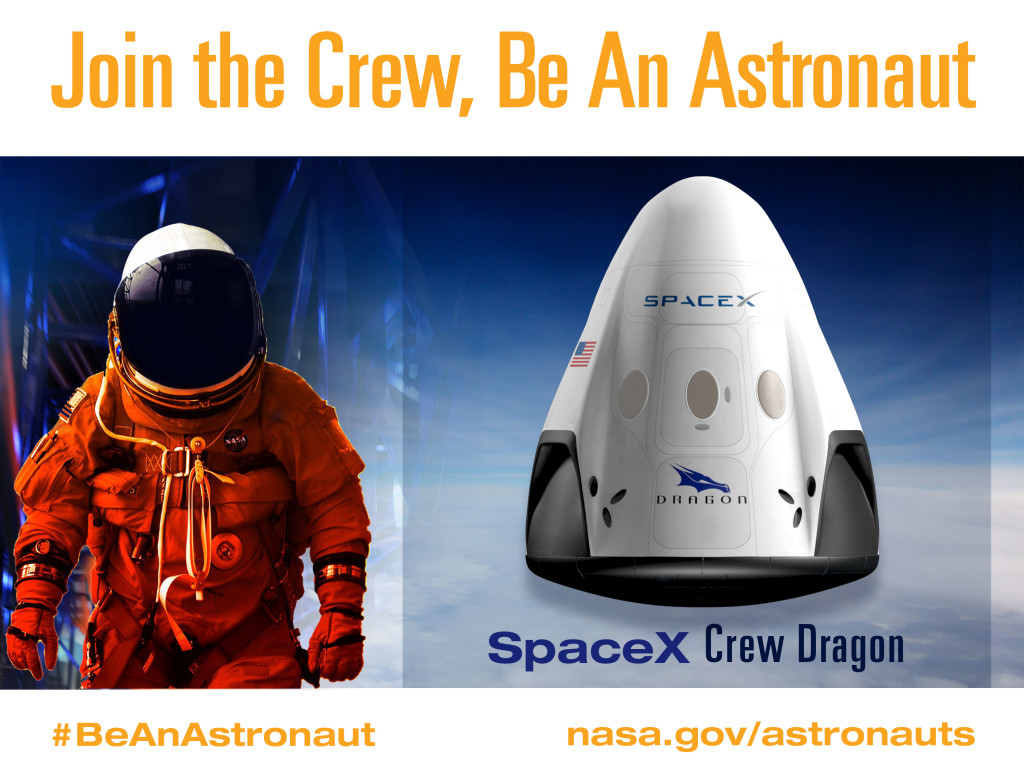
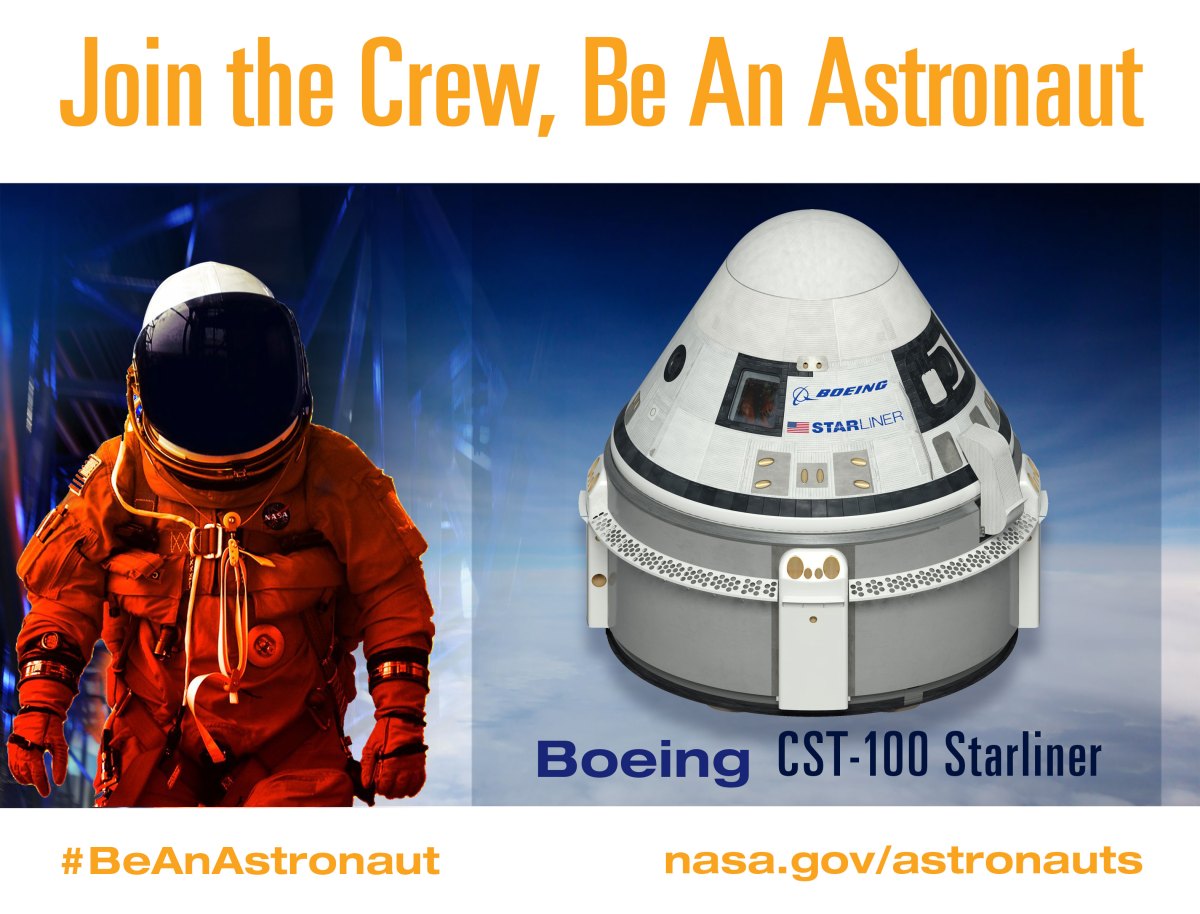
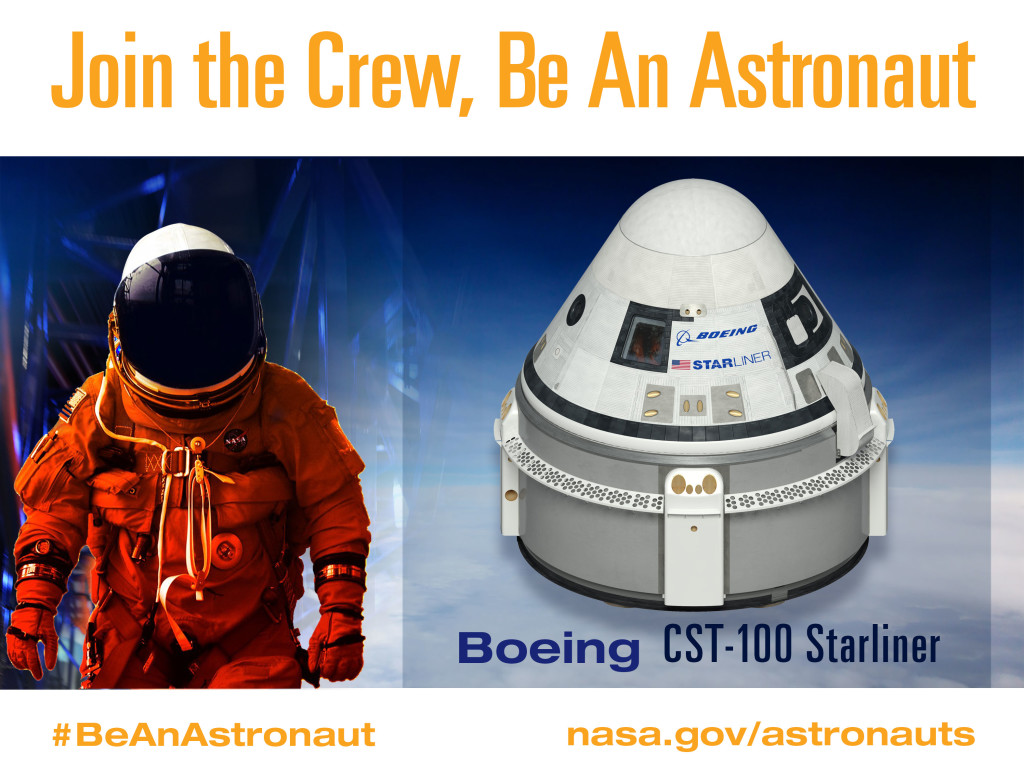
 The Apollo spacecraft launched on the first all-up test flight of the
The Apollo spacecraft launched on the first all-up test flight of the 
